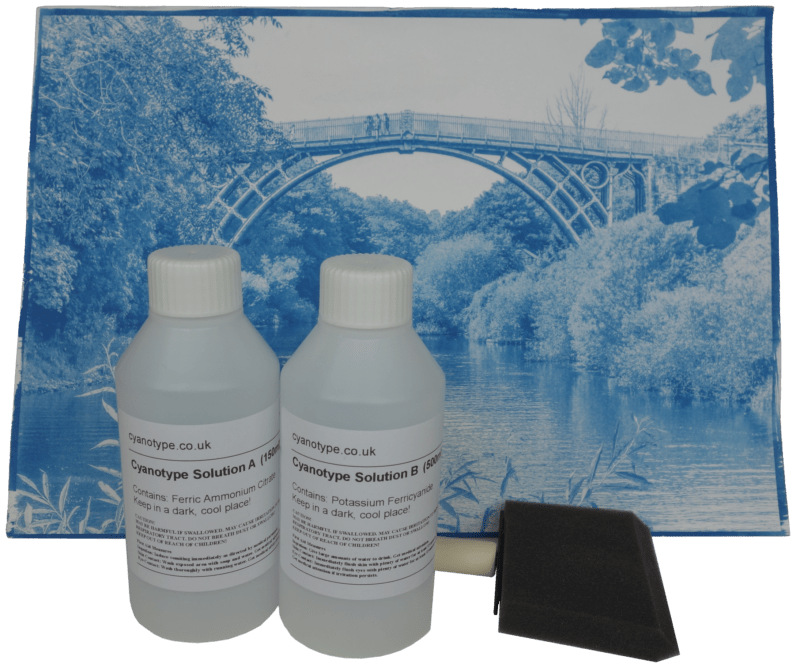

#Silver gelatin print iso
All storage materials should pass the Photographic Activity Test (PAT) as specified in ISO Standard 18916:2007. Enameled steel, stainless steel, or anodized aluminum are preferred for storage equipment. Enclosures and folders may be stored in hanging files or archival storage boxes. Roll film may remain rolled or may be segmented for more uniform, flat storage. Store vertically with dividers between each negative. To learn more about best practices for use and access, including resources for creating digital surrogates, see Use & Access in the User-Manual. Copies would then be put to use by the institution in place of the original, sustaining the wear and tear of patron use or prolonged exhibition.Ideally, originals should be used once to produce an access copy, facsimile, or surrogate.Recommendations for care of original object: This provides broader access to the content while also protecting the original document from user wear and tear or environmental factors. The use of additional copies for reference or display purposes is highly recommended, particularly if the item is an original or valuable. Wear cotton or nitrile gloves when handling photographic emulsions. Ensure that staff, volunteers, and patrons are adequately trained in handling collection materials.Ensure that patrons know and understand guidelines on proper handling of all fragile materials.Never use or carry pens around items and materials. on a photo verso) of paper, AV, and photographic materials or folders/enclosures. Only use pencils for direct labeling (e.g.Always ensure sufficient assistance while transporting items. Use materials like foam and snake supports to ensure that items are supported and do not come in contact with other items or with the sides of carts during transport. During transport, use enclosures, supports, book carts, and other equipment as appropriate to minimize the risk to materials.

Remove jewelry and accessories, including anything hanging around the neck or clothes that may inadvertently come into contact with and damage materials, such as: necklaces, headphones, glasses hanging around the neck, nametags, scarves, rings, watches, bracelets, ties, loose sleeves, and belts.Use both hands and ask for assistance when handling/moving oversized materials.Use clean, dry hands with carefully trimmed nails to handle materials (even when wearing gloves).Handle fragile materials as little as possible.Avoid wearing cotton gloves while handling particularly fragile or slippery items, since gloves can hamper tactile senses and lead to accidentally dropping and breaking objects.Wear gloves (either cotton or nitrile) while handling archival photographic emulsion materials and museum objects.Use only Photographic Activity Test (PAT)-compliant storage enclosure materials for valuable photographic materials.

Avoid use of acidic containers such as brown paper bags and shipping or moving boxes. Use archival-quality folders, boxes, sleeves, and other enclosures to support and house materials of differing shapes and sizes.Lack of bibliographic control over holdings, which has led to the harmful and excessive use of unique or vulnerable items.Inadequate packaging/padding for shipping.Inadequate storage or exhibit environments, such as areas with excessive climate swings or the use of poor display mounts.
#Silver gelatin print skin


 0 kommentar(er)
0 kommentar(er)
